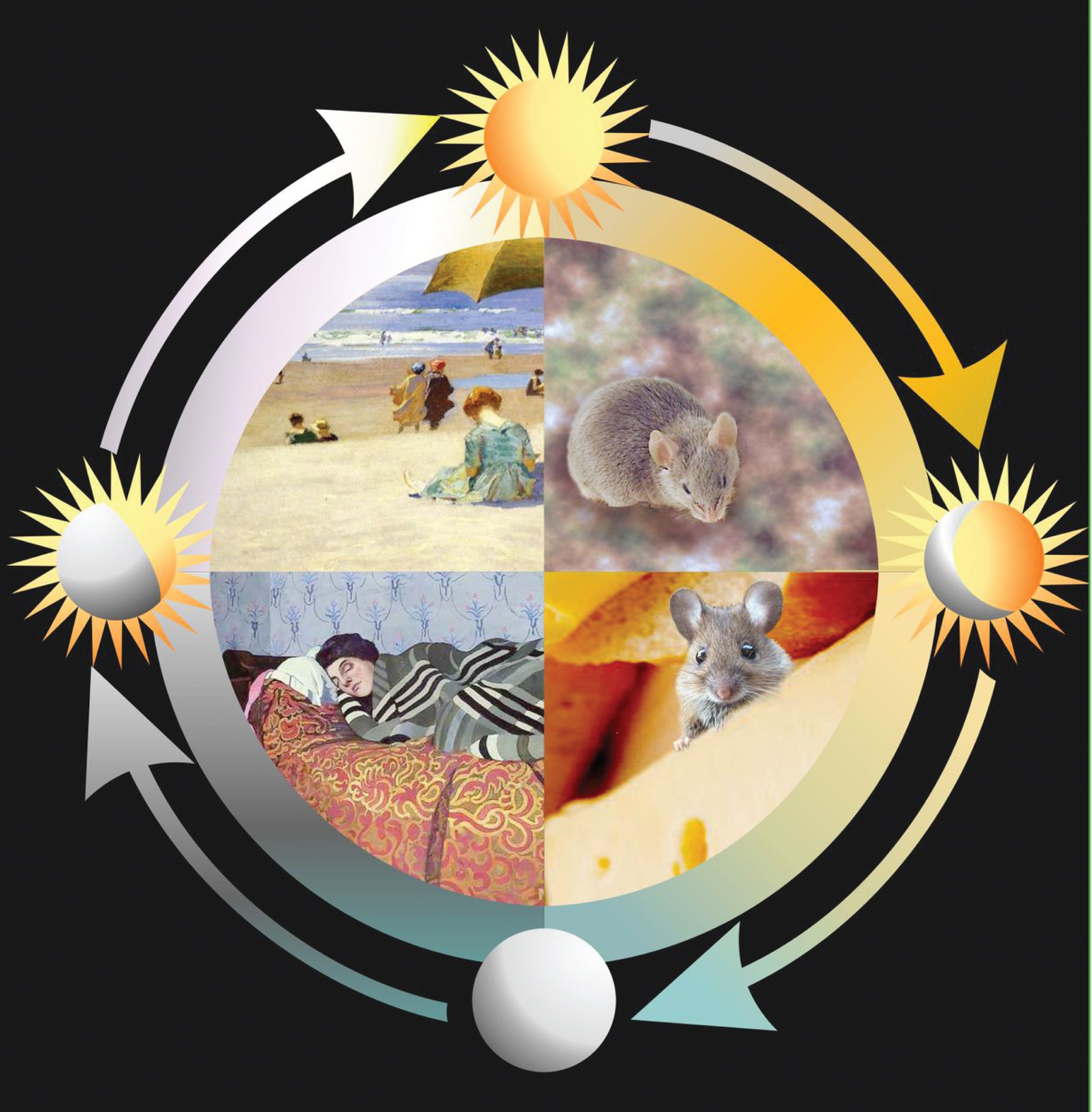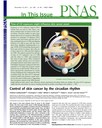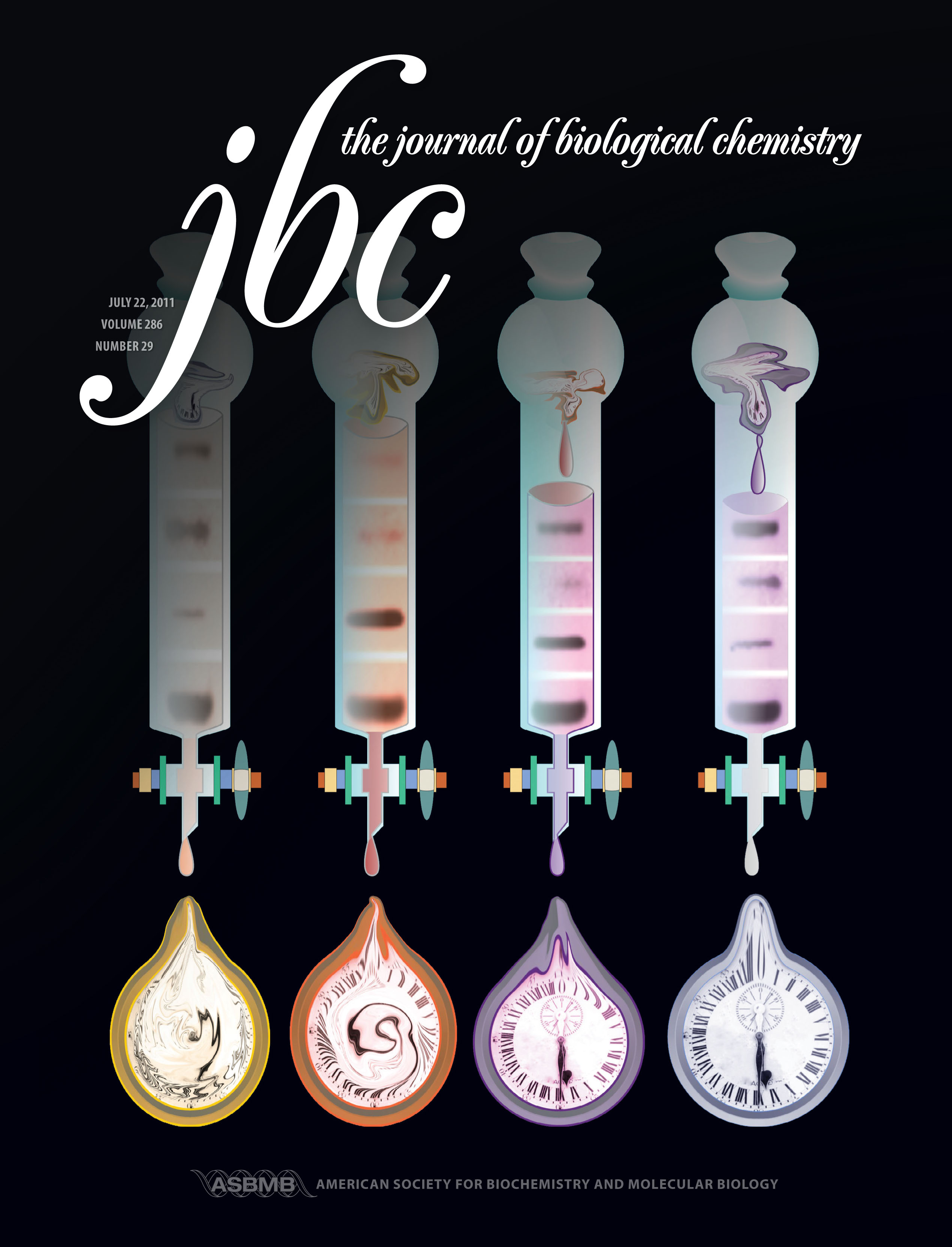
8 years ago
The Man Behind the Nobel Prize
In this video, learn more about Aziz Sancar, the Sarah Graham Kenan Professor of Biochemistry and Biophysics and Nobel Prize Laureate in Chemisty for 2015.

8 years ago
In this video, learn more about Aziz Sancar, the Sarah Graham Kenan Professor of Biochemistry and Biophysics and Nobel Prize Laureate in Chemisty for 2015.
9 years ago
Aziz Sancar, MD, PhD, the Sarah Graham Kenan Professor of Biochemistry and Biophysics at the UNC School of Medicine has been awarded the 2015 Nobel Prize for Chemistry for his groundbreaking work in mapping DNA repair.

9 years ago
The new experimental assay can help scientists find the precise locations of repair of DNA damage caused by UV radiation and common chemotherapies. The invention could lead to better cancer drugs or improvements in the potency of existing ones.

10 years ago
Sixteen years after scientists found the genes that control the circadian clock in all cells, the lab of UNC’s Aziz Sancar, MD, PhD, discovered the mechanisms responsible for keeping the clock in sync.

10 years ago
The paper titled "Mechanism of Photosignaling by Drosophila Cryptochrome: Role of the Redox Status of the Flavin Chromophore" appears in the February 21, 2014 print edition of The Journal of Biological Chemistry.

12 years ago
Exposure to UV radiation triggers DNA lesions that can lead to skin cancer, the most common type of cancer in the United States. Previous studies in mice have shown that levels of a protein called XPA, involved in repairing UV-induced DNA lesions, waxes and wanes with the time of day. Shobhan Gaddameedhi et al. found that the protein's level and activity in mouse skin cells are at their lowest at 4 AM and their highest at 4PM.

12 years ago
Sancar lab featured From the Cover of the November 15, 2011 issue of The Proceedings of the National Academy of Sciences of the USA

13 years ago
On the JBC Cover: The circadian clock is the internal timekeeping molecular system that generates a daily rhythm in an organism's physiology and behavior.